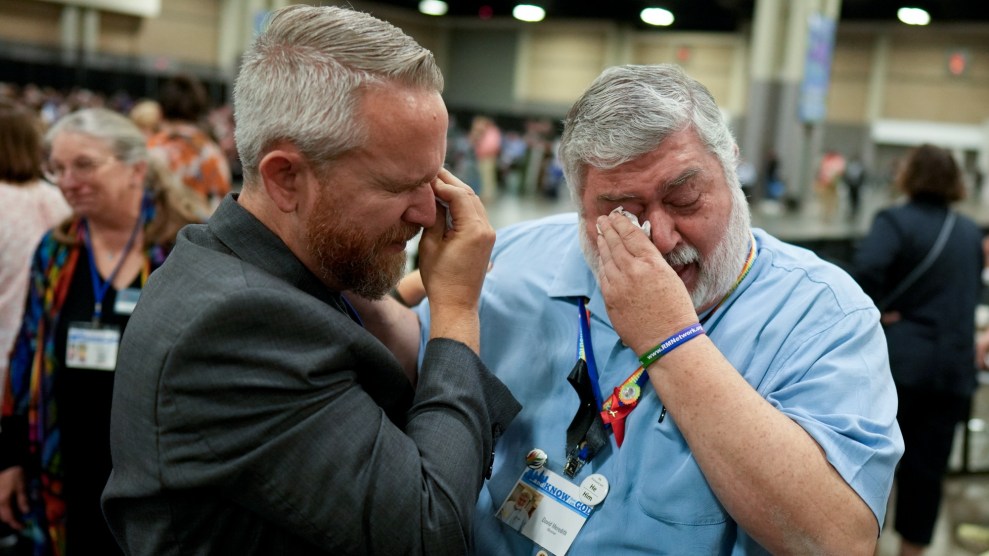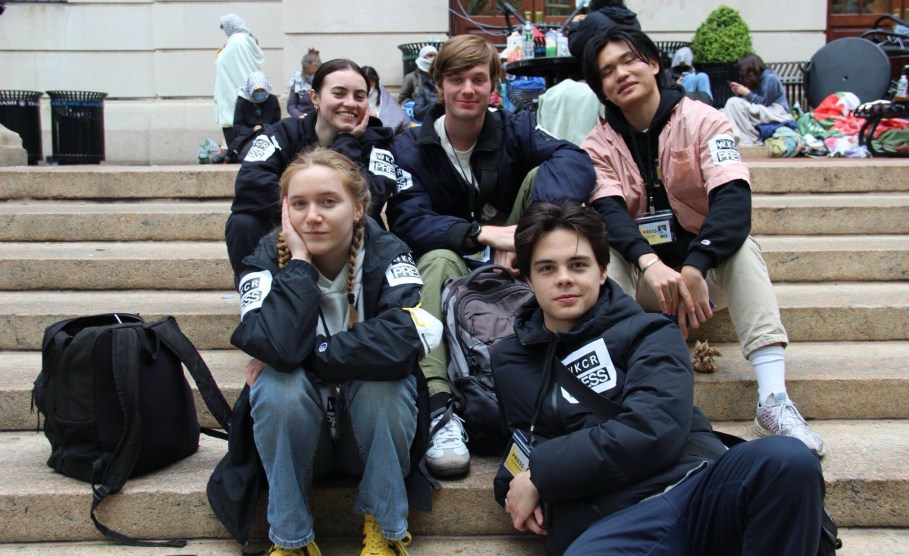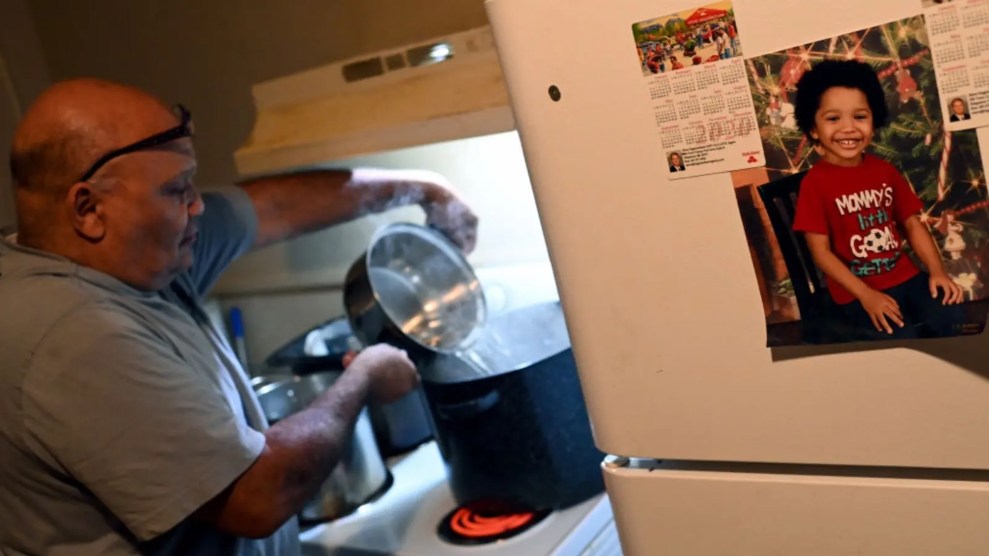I was puttering around last night on some stuff related to education and happened to run across a couple of interesting statistics from an NAEP report a few years ago. First there’s this:
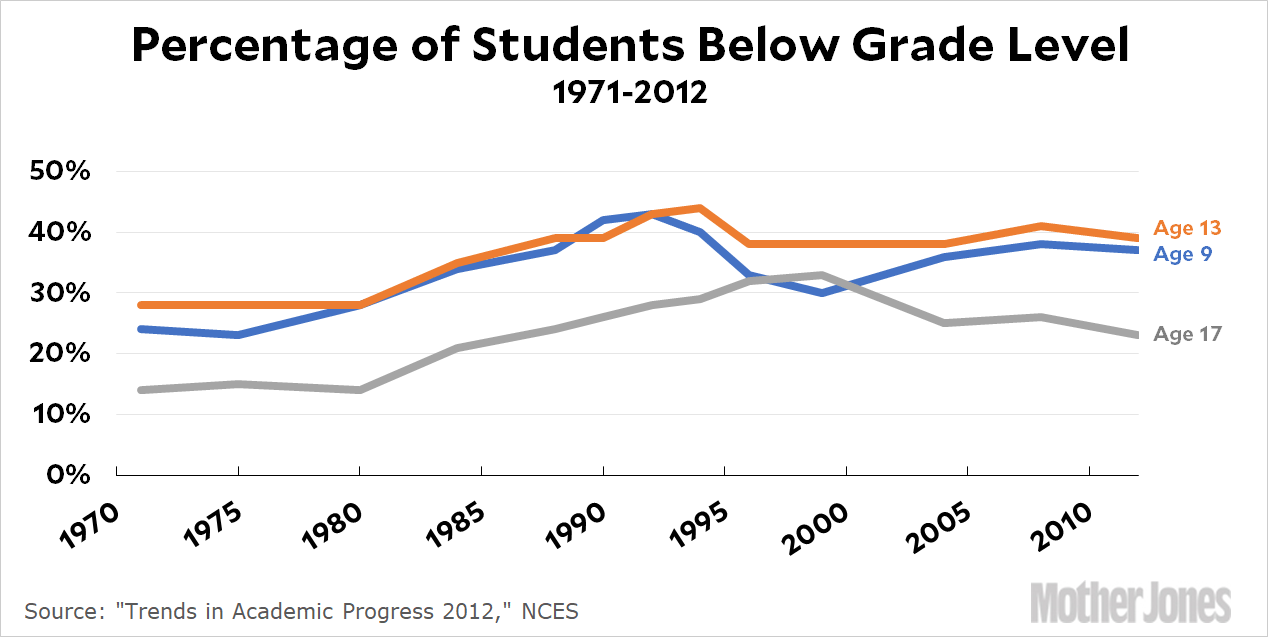
The share of students in a grade level below the one typical for their age has increased over the past 50 years. However, the share of 17-year-olds below grade level has always been well below the share of 13-year-olds. It’s unlikely that lots of 13-year-olds are suddenly catching up to grade level by age 17, so what’s going on? Are some of them being advanced just to get them out of school? Or are lots of them dropping out and no longer being counted?
Then there’s this:
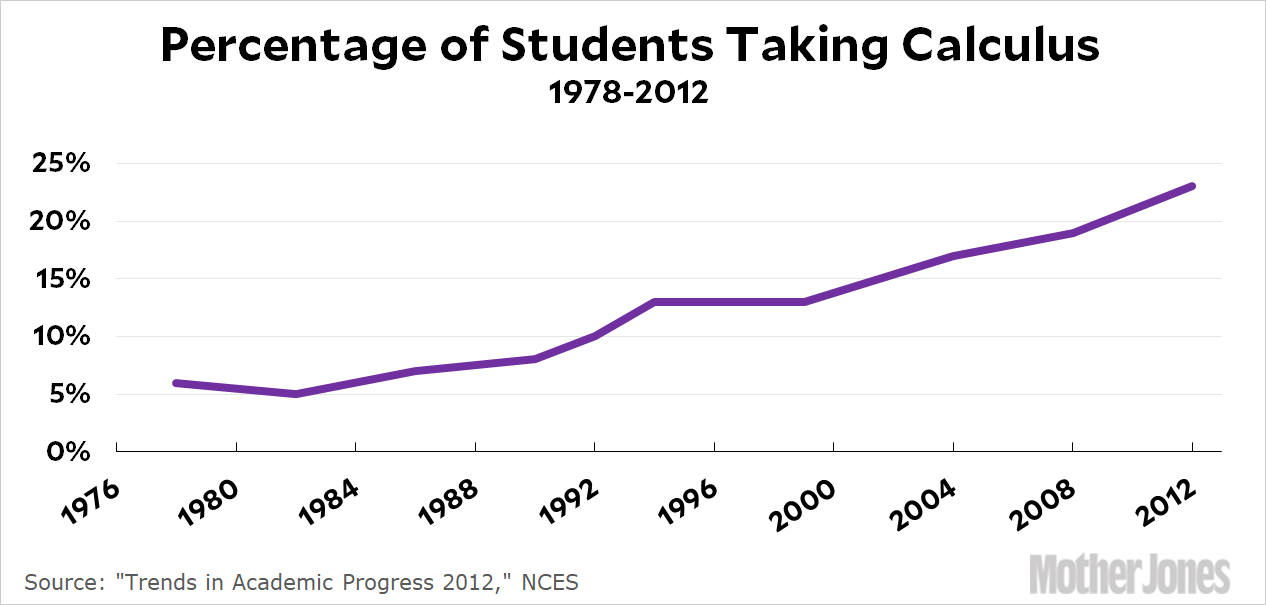
At age 13, nearly 40 percent of schoolkids are in a grade below their normal one. By age 17, a full quarter are taking calculus, a class basically unheard of for high school students 50 years ago. It seems like this says something about the extremes of the US educational system, but I’m not quite sure what.









